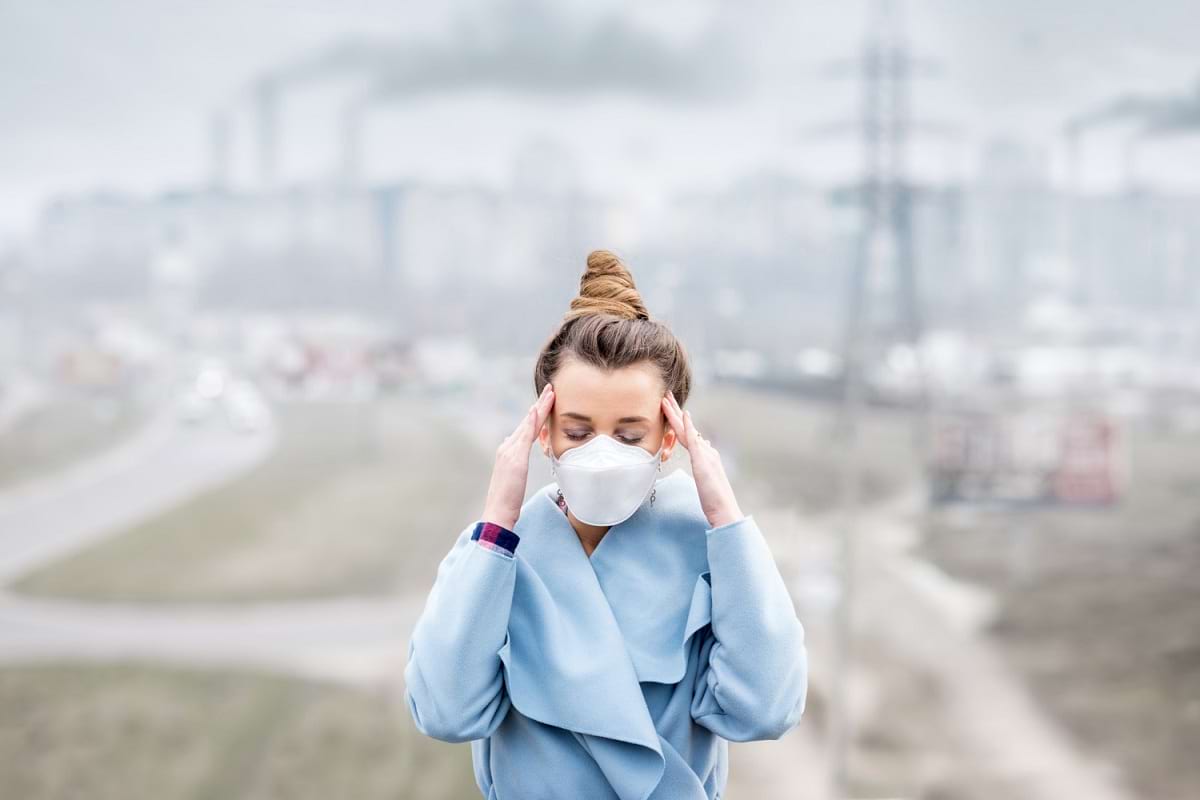
The story of air quality monitoring is intertwined with humanity’s discovery that the very air we breathe can become a subtle threat. From London’s Great Smog of 1952 to today’s wildfire-driven haze, the journey from ignorance to vigilance has been dramatic. Where chimneys once served as symbols of progress, they are now barometers of invisible contaminants. Understanding what floats between sky and pavement is no longer a matter reserved for academic journals; citizens brandish pocket sensors, and satellites skim the troposphere, compiling vast mosaics of data.
Early instrumentation relied on sooty filter tapes weighed on laboratory scales, but that slow gravimetric method has been replaced by laser scattering, beta attenuation, and electrochemical cells the size of a fingernail. Miniaturization allows buses, bikes, and even kites to carry detectors, stitching hyper-local maps of particulate matter. Yet technology alone cannot guarantee clarity; calibration, maintenance, and actuation of alerts form a delicate choreography.
Despite engineering advances, the social dimension of air quality monitoring remains pivotal. Low-income districts typically host the heaviest traffic corridors and industrial zones, creating a patchwork of exposure inequity. Community science networks, where residents install low-cost nodes on their balconies, do more than fill spatial gaps—they empower. Suddenly, residents possess empirical ammunition for town-hall debates, transforming abstract ppm values into narratives of health and justice.

The Digital Atmosphere
Cloud platforms ingest terabytes of sensor feeds, applying machine-learning models that can fingerprint diesel exhaust versus wood smoke. Advanced kriging algorithms interpolate between sparse stations, producing colorized heat-maps charismatic enough for social media. Decision-makers schedule subway fare holidays on red-alert days, while hospitals prepare additional respiratory wards. Thus, data moves from dashboard to policy script overnight.
Nevertheless, uncertainty lingers. Optical particle counters misclassify pollen as pollution; ozone probes drift with humidity. The World Meteorological Organization prescribes strict reference methods, but governments in resource-strained regions must accept a compromise between precision and coverage. Correcting bias through co-location studies and hierarchical Bayesian models is an ongoing research frontier.
A Global Patchwork
Satellite instruments like TROPOMI scan the planet daily, translating sunlight scattered by nitrogen dioxide into gridded concentration layers. But orbital snapshots miss nocturnal chemical reactions and street-level microclimates shaped by alleyways. Blending space-borne observations with ground networks, drones, and crowd-sourced data yields a cubist portrait: each facet imperfect, together compelling.
Beyond the secular rise of sensors lies the more delicate art of communicating risk. Color scales, often green-yellow-red, compress a multidimensional phenomenon into a single hue. Cultural perceptions vary; some cities adopt a purple tier to shock the public, while others fear economic repercussions of alarmist branding. Behavioral scientists advise pairing alerts with actionable guidance: close the windows, reduce jogging, or ride transit for free.
Health, Climate, and the Circular Loop
The pollutants tracked in air quality monitoring are also climate actors. Black carbon darkens ice sheets, accelerating melt; methane traps heat but degrades into ground-level ozone harmful to crops. Therefore, mitigation strategies deliver twin dividends. Cleaner stoves in Nairobi improve infant lung capacity and shave warming potential from the global budget simultaneously.

Still, ethical dilemmas surface. Who owns the deluge of atmospheric data? Private firms market granular exposure histories to insurers, while authoritarian regimes might weaponize sensor grids to pinpoint protest hotspots. Guardrails—encryption, open-source firmware, transparent algorithms—are urgently required to prevent a dystopia where every breath is monetized or surveilled.
As quantum cascade lasers shrink and metabolic biomarkers integrate into smartwatches, air quality monitoring will migrate from lampposts to wrists. Imagine inhaling and instantly seeing a readout of the particulates crossing your alveoli, paired with a forecast extrapolated by AI from traffic feeds and wind models. Such intimacy with the atmosphere could birth a generation that thinks of clean air not as a privilege, but as a universal metric of societal success.
